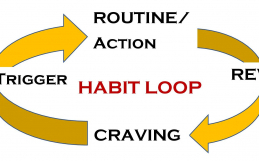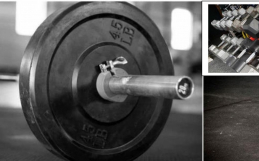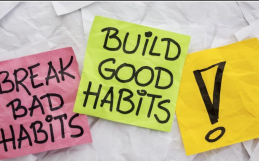Hopefully, you have realized that the best answer to any fitness or nutrition question is “It depends”. Things get complicated and we are here to help simplify.
Does cardio kill muscle? It depends.
First, it is important to establish a goal. Training needs to be in line with goals, or put another way, goals will determine the type of training done. To improve in an aspect of fitness, like running, you will need to do more running. If you want to get a stronger dead-lift, you need to do more dead-lifting. If you want to add muscle, you need to optimize your body for building muscle.
Can you work on cardiovascular conditioning and muscle building at the same time? Yes, you can. However, you will not excel in either. As you become more experienced and get stronger or faster, the benefits will start to decrease and you may start to do more damage than good. The reason for this is that the systems needed for basic strength and conditioning are similar at first, but will start to conflict as time goes on.
If your goal is strength and muscle building, you need to understand that weight lifting is metabolically taxing on the body, and how taxing is determined by the weight being lifted. The more weight moved the more taxing the exercise. As you progress in weight training, the amount of work needed to maintain fitness also increases. In other words a new lifter works less to maintain their level of fitness than someone who has been lifting for several years. This is acceptable, as you improve your ability to handle more improves as well.
This is where conditioning comes in. As you get stronger, your cardiovascular system is taxed more to lift the same number of reps as when you first started. So a new lifter doing a set of 20 reps at 115 pounds works less than a seasoned lifter doing 20 reps at 225. If the cardiovascular system is not improving with strength, it will ultimately limit how much you will be able to do.
Naturally, if your goal is to get stronger or add muscle, cardio is necessary to some extent. To prevent from limiting yourself, you should aim to establish a good base of conditioning. According to power lifter Greg Nuckols, whose max squat is 755 pounds, this is a resting heart rate of 60-65 (BPM). After achieving this goal, you should aim to maintain and not improve. Especially if your goal is strength and muscle building. Doing more than this can have a detrimental effect on your ability to build muscle.
If your goal is running a marathon, then you need to focus more on running than weight training. However, runner can benefit with a good base of strength. Jay Dicharry, Director of University of Virginia’s SPEED clinic and Motion Analysis Lab, explains that
“When you run, most of the power from push-off comes from your hips, so we’re talking about true hip extension. If you improve your core strength and improve your hip extension strength, you are well on your way to becoming a more efficient runner.”
He recommends weight training 2-3 times per week to build during the off season and once per week to maintain when your focus is switched to prepping for a race. Doing more than that can have a detrimental effect on your ability to run longer and longer distances.
Still confused? Look at it this way, the amount of cardio you need to do is based on what your goal is. Once a goal is established, you can start to train accordingly. Both aspects of fitness are beneficial and complement each other to an extent. Working to improve both will eventually lead to a plateau and possible decline in one or both fields.
So cardio is not the muscle killer, unless you do too much, which is ok if your goal is conditioning.
If you take anything out of this article it is this – Establish your goals first.





